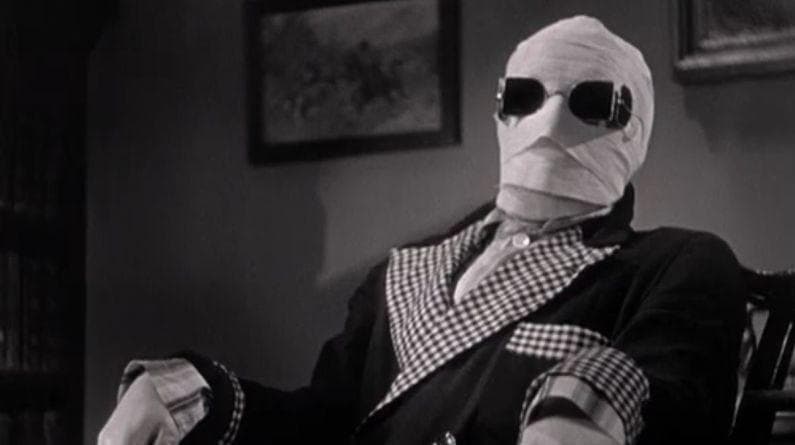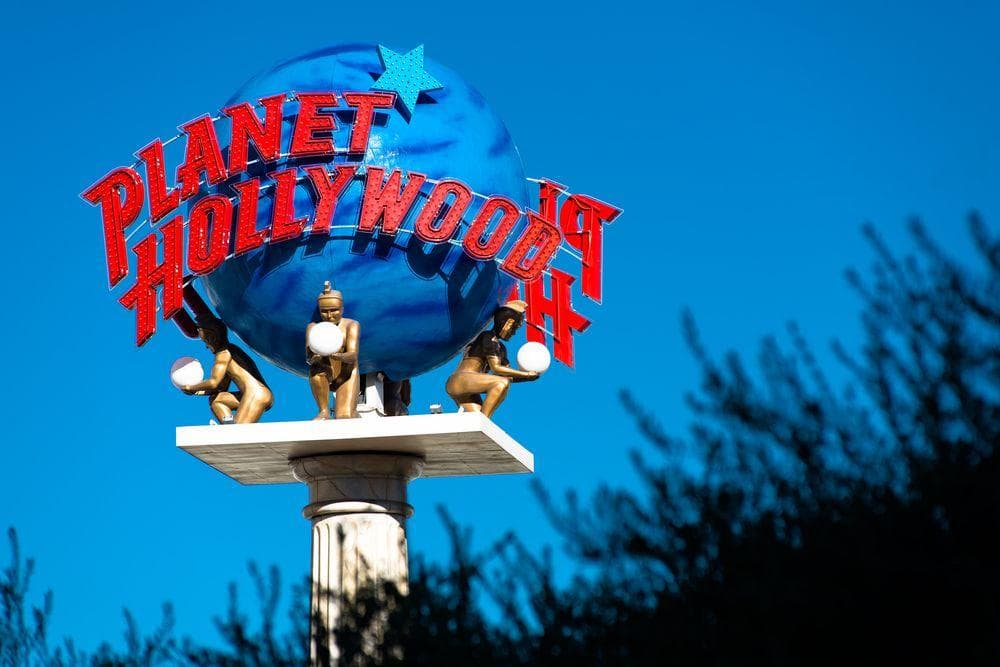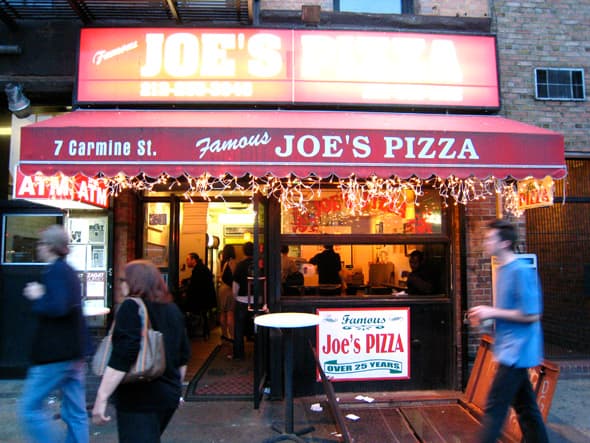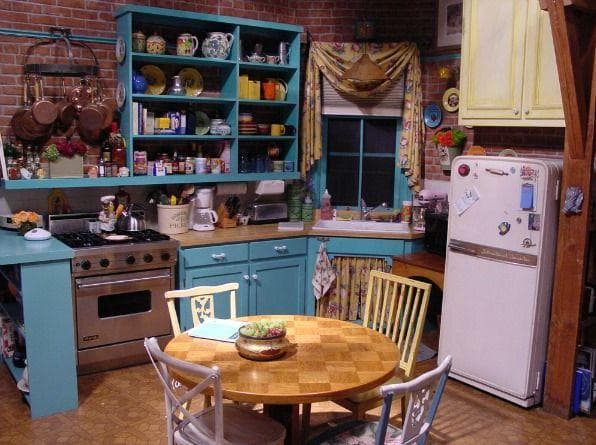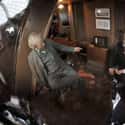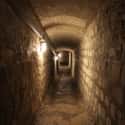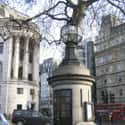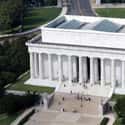-
(#1) The Apartment At The Top Of The Eiffel Tower
When the Eiffel Tower was completed on March 31, 1889, it was a major accomplishment both in terms of architecture and science. The unusual iron structure was double the height of the previous world's tallest object, the Washington Monument. It was also a kind of research laboratory and eventually a radio tower.
The Eiffel Tower was completed ahead of schedule in just over two years, in time for the Paris World's Fair. That was enough to provide designer Gustave Eiffel some serious perks, like an apartment for himself at the top of the tower. It offered Eiffel one of the best views of the city.
Eiffel constantly declined offers to rent his pad, and rarely invited anyone up, but currently the apartment is viewable to the public.
-
(#2) Wine Cellars In The Brooklyn Bridge
The Brooklyn Bridge currently has two wine cellars, one on each side of the East River. When the bridge was built, portions of neighborhoods in Manhattan and Brooklyn had to be demolished in order to build the bridge's two anchorage sections, which attach the bridge to land. To compensate local merchants and offset some of the bridge's $15 million budget, wine cellars and other vaulted spaces were incorporated into the bridge's design.
Several wine merchants and other alcohol sellers began renting the spaces in 1883, when the bridge was completed. Except for the Prohibition years, the cellars remained in operation until World War II.
-
(#3) The Movie Theater And Restaurant In The Paris Catacombs
In 2004, French authorities discovered what was described as a small movie theater and restaurant in the catacombs underneath the city. Even stranger, writings and symbols on the walls speculated it was under the operation of some kind of secret society.
That actually turned out to be the case. In 2011, a representative of a group called UX, or Urban eXperiences, took credit for the site. The group claimed to have 100 members who were working in small groups to turn Paris's unused urban spaces into "a theater for new experiences."
-
(#4) Apartments In New York Public Libraries
In 1901, steel baron Andrew Carnegie gave New York City a grant to build a system of 67 public libraries, which amounted to $5.2 million (about $100 million today).
Carnegie's libraries were heated by coal furnaces and required live-in caretakers, or custodians. Some New York City public libraries included apartments to house custodians and their families. Most have been unused since the 1970s, but the city began renovating them in 2016.
-
(#5) The Tiny Police Station In A Light Post At Trafalgar Square
In 1926, miners across the UK went on strike to protest against an involuntary 13% wage cut, as well as an increase in weekly labor. This led to the general strike, when workers in other industries refused to work in solidarity. The stoppage lasted nine days.
Protests were common throughout that year, especially in London's Trafalgar Square. Police wanted to build a temporary police station in the square to monitor protesters, but public outcry forced them to drop the project. Instead, the police used one of the square's large light posts to house a tiny police station, hiding it in plain sight. It's currently used for custodial storage.
-
(#6) The Attic In The Washington Square Arch
The Washington Square Arch in New York City is not a completely solid building. The 72-foot arch includes a hollow upper portion with 17-foot ceilings.
Building a hollow arch had the advantages of being less top-heavy and costly to construct. It's accessible by a spiral staircase in the western column of the arch, although it's not open to the public.
Today, the space is used for maintenance, and it once held a Parks Department office.
-
(#7) The Hall Of Records Behind Mount Rushmore
Sculptor Gutzon Borglum designed Mount Rushmore, and he was ambitious enough to hope his monument would rank among world historical sites like Stonehenge. But Borglum was also concerned that, in the far future, the meaning behind his monument would be lost. His original design was much more elaborate, and it included massive blocks of texts that would have explained the history of both the monument and United States.
But that idea was unfeasible, so Borglum's next idea was to build an underground chamber deep under the mountain to house documents and artifacts related to it. Construction on Mount Rushmore began in 1927, and Borglum began building the Hall of Records in 1938 - but Congress halted the project one year later.
Borglum passed in 1941, months before Mount Rushmore was completed. The Hall of Records remained unfinished until 1998.
-
(#8) The Basement Under The Lincoln Memorial
Beneath the Lincoln Memorial is a 43,800-square-foot vault called the Undercroft. Despite the fancy name, it was more like an unfinished basement than a chamber of secrets - until recently.
The massive monument was built in 1914 on a flood plain that had recently been created from the Potomac River. The muddy site forced the builders to dig a foundation 40 feet deep, where they built large concrete pillars supporting the monument. With no other purpose, the Undercroft was abandoned and forgotten until 1975.
The only historical significance to the Undercroft is it's also a site of authentic 1914 graffiti drawn by the builders. As of 2020, Washington, DC, was planning to renovate the Undercroft to turn it into a museum and visitor center.
-
(#9) The 103rd Floor Of The Empire State Building
The Empire State Building officially has 102 floors. The main visitors' observation on the Empire State Building is on the 86th floor. But the 103rd floor is home to another observation deck that's smaller, more exclusive, and without any railing barrier except for a small stone wall about 2 feet high.
The 103rd floor observation deck is built into an antenna that was added to the top of the tower in 1950. It's inaccessible to the public for obvious reasons, although it is available for private viewings - usually for celebrities like Mariah Carey, Usher, or DJ Khaled.
-
(#10) The Basketball Court In The Supreme Court Building
The United States Supreme Court building does indeed have a basketball court. The basketball court is located on the fifth floor of the building, one floor above where the Supreme Court hears cases.
The Supreme Court courtroom was originally a storage space until the 1940s, when it was converted into a multipurpose workout space where justices and staffers held various activities and classes. It's hosted everything from pickup basketball games with Supreme Court justices to a women's-only yoga class.
-
(#11) The Room In The Torch Of The Statue Of Liberty
Currently, the crown of New York City's Statue of Liberty is the highest point accessible to the public. But the actual highest point is located in the torch, which has been closed to the public since 1916.
That year, an American shipment of military stores detonated in the city's harbor, an incident that became known as the Black Tom explosion. The shipment was meant for Britain's use in World War I, and it was later determined German agents were responsible.
The explosion itself was so massive shrapnel damaged the Statue of Liberty's torch. The city closed the torch for precautionary reasons and hasn't reopened it since.
-
(#12) The Tennis Court At Grand Central Station
Since 2011, visitors willing to fork over between $100 and $250 an hour have been able to play tennis inside New York City's Grand Central Station. But tennis courts have existed in the station, in one form or another, for decades.
Hungarian entrepreneur Geza A. Gazdag founded the Vanderbilt Tennis Club in the 1960s, naming it after Cornelius Vanderbilt, the railroad tycoon who built the first railroad depot on the site in 1871. The club eventually fell into disrepair until 1984, when Donald Trump purchased it and turned it into an exclusive club for the wealthy.
Trump sold it in 2009, and it was relocated to its current location two years later.
New Random Displays Display All By Ranking
About This Tool
Our data comes from Ranker, If you want to participate in the ranking of items displayed on this page, please click here.

